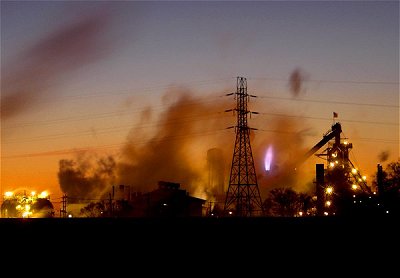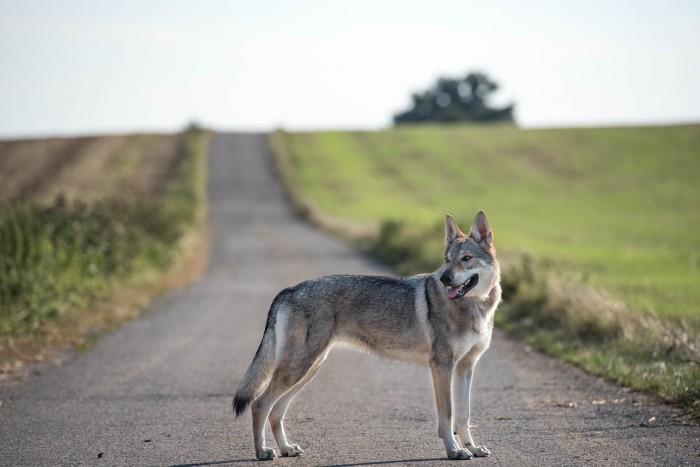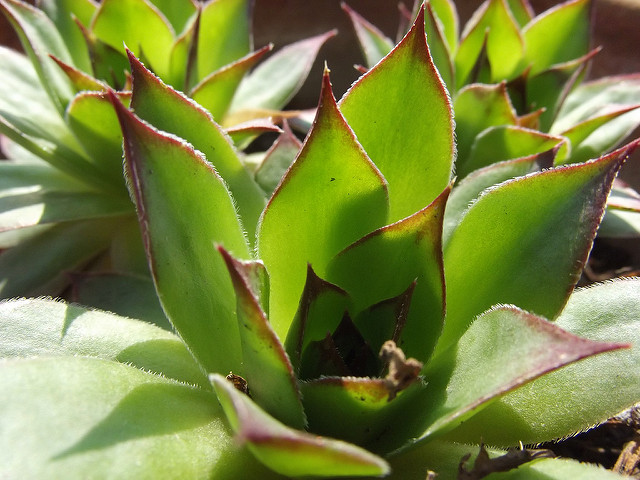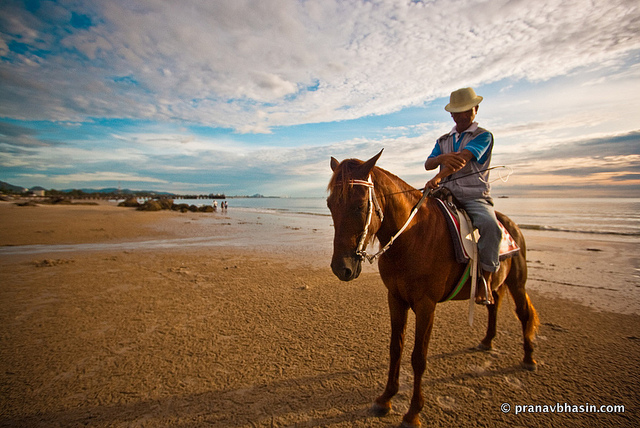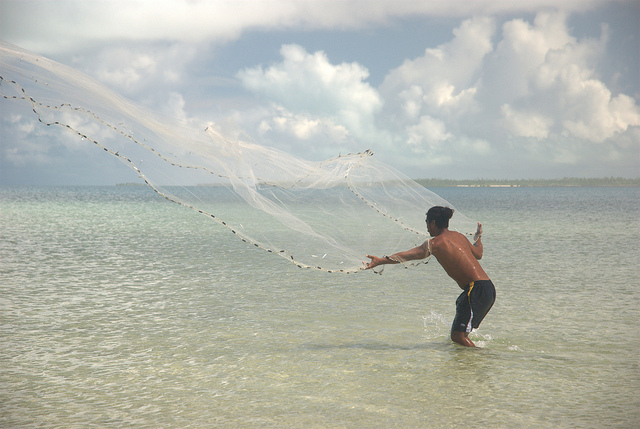This post was presented as part of a series recognizing Earth Day, Saturday, April 22, 2017. It is being re-featured on the blog in 2021 as part of the Themed Collection: Pollution & Toxicity.
Coal mining communities in Appalachia have been framed as both victims and villains within the discourses of our emerging Trumpian late industrial narrative. Indeed, the US presidential election of Donald Trump has enacted an existential ratcheting up of the vitriolic moral divisions between “coastal elites” and “flyovers,” unhinged from the banality of previous circulations of those essentialist stereotypes. But a closer look past these inscriptions may reveal a different reality about the relationship between Appalachian coal mining communities and the environments in which they live, one that points to a more distributed agentive collusion between coal mining families, coal, and the toxins that augment the life of the matter within broader Appalachian ecosystems.
